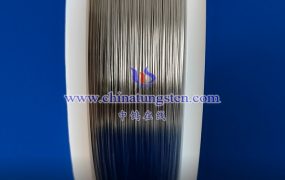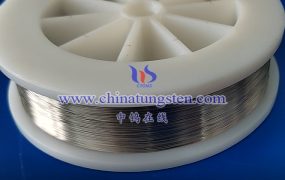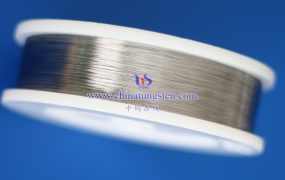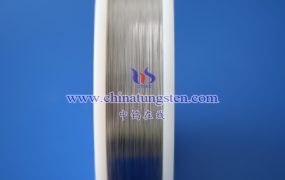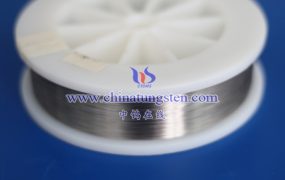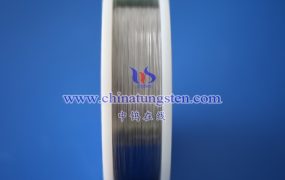The polishing process of tungsten wire is a delicate process step designed to improve the surface finish and quality of tungsten wire. The following is a detailed introduction to the tungsten wire polishing process:
- Preparation before polishing
Cleaning: Put the tungsten wire to be polished into ultrapure water for cleaning to remove dust, grease and other impurities on the surface. This step is crucial because it ensures that the polishing liquid is in full contact with the surface of the tungsten wire, thereby improving the polishing effect.
Pretreatment: For some special types of tungsten wire, such as ultrafine tungsten wire, additional pretreatment steps may be required, such as etching or electrolytic cleaning with chemical reagents to remove the oxide layer and uneven parts on the surface.
- Polishing method
Mechanical polishing:
Use metallographic sandpaper for rough grinding to remove most of the impurities and uneven parts on the tungsten surface.
Use abrasive paste and soft wooden sticks or polishing wheels for further polishing. The particle size of the abrasive paste should be selected according to the polishing requirements. The finer the particles, the higher the surface finish after polishing.
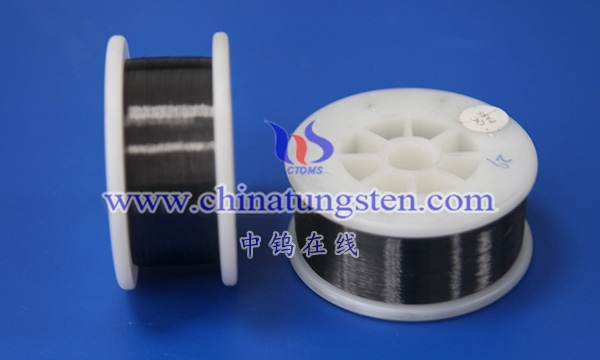
For tungsten wires that require higher finish, an ultrasonic polisher can be used in combination with polishing materials such as diamond micropowder for polishing.
Electrolytic polishing:
Electrolytic polishing is a method of polishing the surface of tungsten wire using electrochemical principles. During the electrolytic polishing process, the tungsten wire is used as an anode and immersed in an electrolyte (such as sodium acetate solution or alkaline aqueous solution).
When a certain voltage is applied, the oxide on the surface of the tungsten wire begins to undergo an electrochemical reduction reaction and is gradually reduced to oxygen and water. At the same time, the impure substances and oxide layer on the surface of the tungsten wire are rapidly dissolved.
The microstructure of the surface of the tungsten wire after electrolytic polishing is rearranged and flattened, and the brightness and quality of the surface are also greatly improved.
- Post-polishing treatment
Cleaning: After polishing, remove the tungsten wire from the polishing liquid and use clean water or ultrasonic cleaner to clean it to remove residual polishing liquid and impurities.
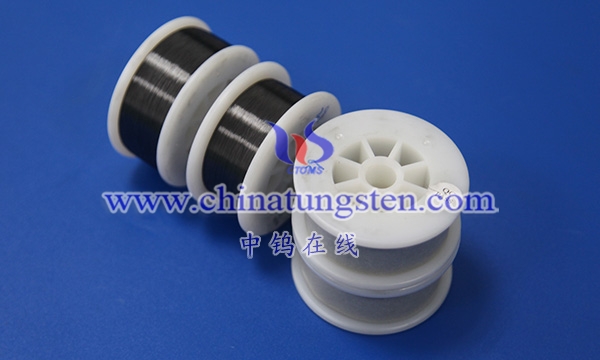
Drying: Dry the cleaned tungsten wire. Natural air drying or rapid drying with drying equipment can be used.
Quality inspection: Perform quality inspection on the polished tungsten wire, including the detection of indicators such as surface finish, diameter uniformity, and tensile strength to ensure that it meets the application requirements.
- Precautions
Selection of polishing liquid: The appropriate polishing liquid should be selected according to factors such as the material, polishing requirements and cost of the tungsten wire.
Control of polishing time: The polishing time should not be too long or too short. If it is too long, it may cause excessive wear or deformation of the tungsten wire. If it is too short, the expected polishing effect may not be achieved.
Maintenance of polishing equipment: Regularly maintain and service the polishing equipment to ensure its normal operation and polishing effect.
More details of tungsten wires, please visit website: http://tungsten.com.cn/tungsten-wires.html
Please contact CHINATUNGSTEN for inquiry and order of tungsten needles:
Email: sales@chinatungsten.com
Tel.: +86 592 5129595
